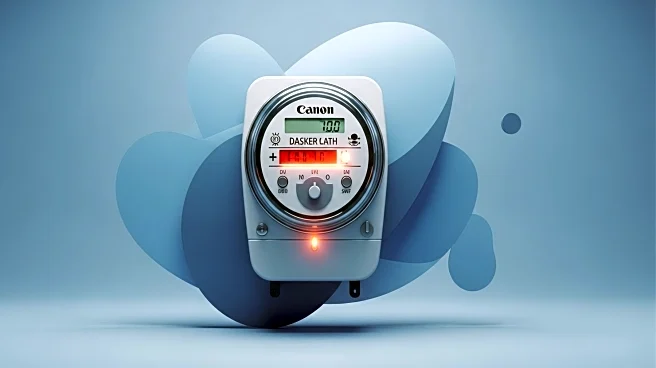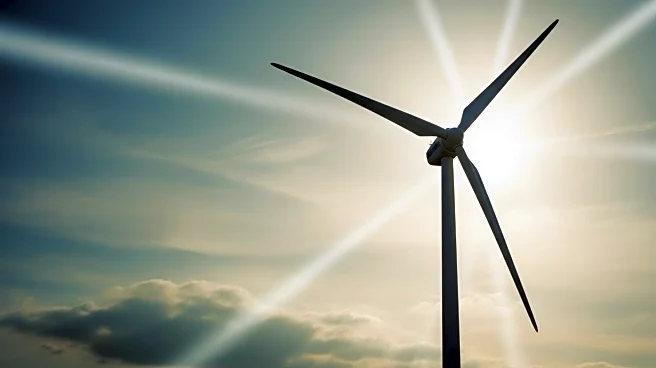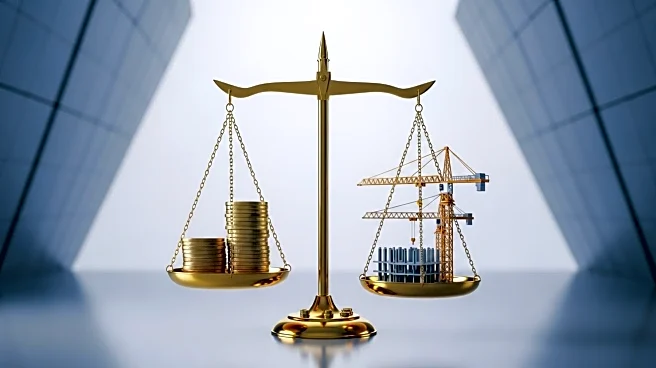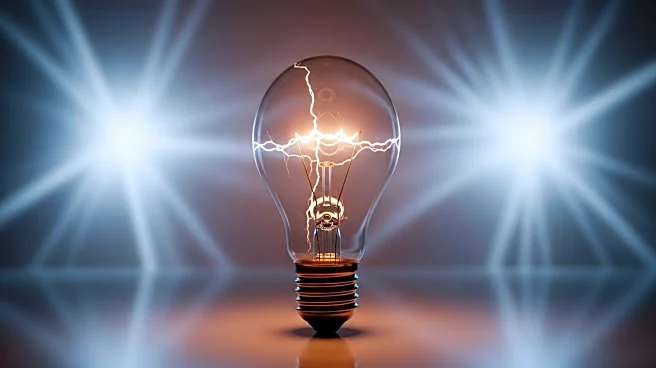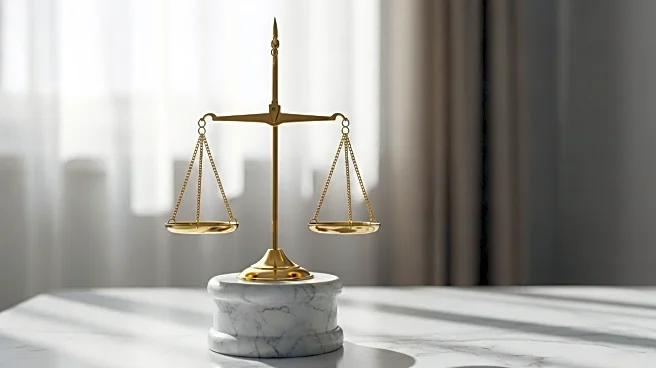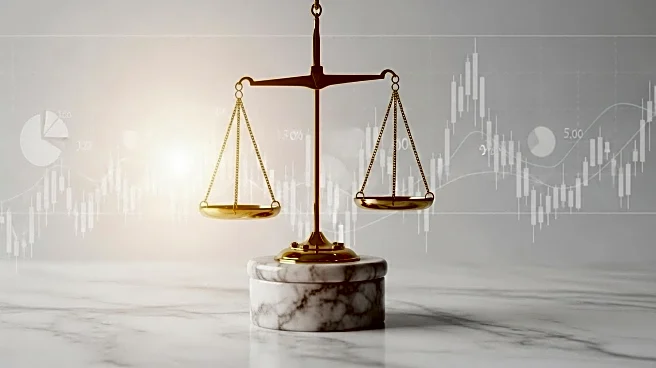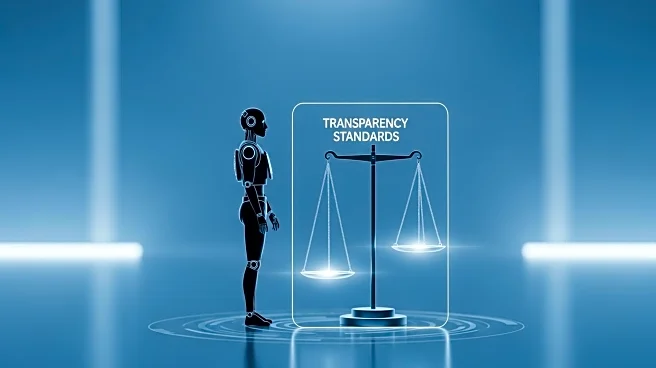What is the story about?
What's Happening?
Rochester Gas & Electric (RG&E) is facing significant public opposition over its proposed rate increase for electric and gas delivery services. During a public hearing at Rochester City Hall, customers expressed concerns about the financial burden the increase would impose. The proposal includes a $220 million increase in electric delivery revenue and a $72.9 million increase in natural gas delivery revenue, resulting in an additional $51.88 per month for customers starting in 2027. The Public Service Commission is reviewing the proposal, which RG&E claims is necessary to rebuild an aging grid and expand capacity.
Why It's Important?
The proposed rate hike has sparked widespread criticism, highlighting the tension between utility companies and consumers over energy costs. If approved, the increase could significantly impact household budgets, particularly for low-income families. The proposal also raises questions about the balance between necessary infrastructure investments and affordability for consumers. The outcome of this proposal could set a precedent for future utility rate adjustments in New York and potentially influence energy policy discussions at the state level.
What's Next?
The Public Service Commission will continue to gather public feedback until October 24, with additional hearings and opportunities for written comments. The decision on the rate increase will likely consider the public's concerns and the utility's justification for the hike. Stakeholders, including local government officials and consumer advocacy groups, are expected to continue voicing their opposition, potentially influencing the final decision.
Beyond the Headlines
The debate over RG&E's rate increase proposal underscores broader issues in the energy sector, such as the need for sustainable energy transitions and the financial implications for consumers. The situation highlights the challenges utilities face in balancing infrastructure upgrades with consumer affordability, a critical issue as the U.S. moves towards cleaner energy solutions.
AI Generated Content
Do you find this article useful?
